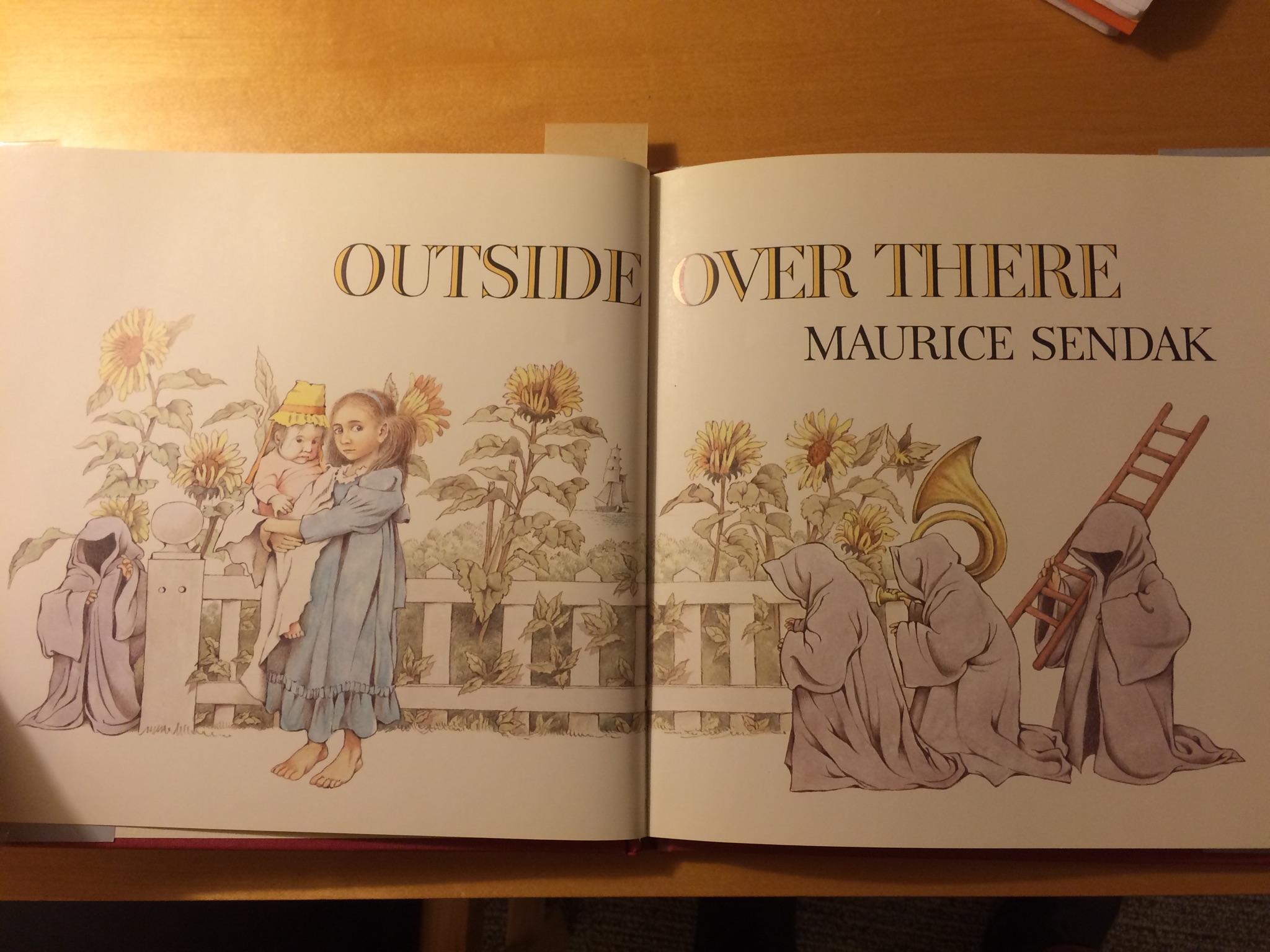Christina Rosetti’s poem “Goblin Market” tells the story of two sisters, one of whom falls for the tempting fruits being peddled at the titular bazaar and begins to waste away after tasting these forbidden delicacies. She is only saved when her sister Lizzie braves the same market, but avoids consuming any of the food, instead bringing the juice back for the first sister, Laura, to eat and recover her strength. Overall, the narrative serves as a metaphor for sexual promiscuity and the way in which, in Victorian times, the concepts of virginity and purity were closely tied to personal identity and sense of self. It also highlights a strong sense of familial values and the importance of sibling bonds–“Tender Lizzie could not bear/ To watch her sister’s cankerous care/ Yet not to share.”
A more modern story, the webcomic “Namesake,” co-authored by Megan Lavey-Heaton and Isabelle Melançon, often references Rosetti’s varying works, but makes a fairly major plot point out of the mysterious “goblin market,” a place where vendors buy and sell names, the result of which is a divided identity in which a person’s “existence” is separated from their physical being. Most significantly, the main character, Emma Crewe, is actually the result of such a thing–her parents made a deal at the market, where Emma’s name (and therefore existence) were given to a changeling child, while Emma’s physical body was given to a man named One, the head of an organization currently acting as the main antagonists. This essentially calls into question the concept of identity–is a sense of self more tied to physical traits or to a more metaphysical concept? After some time (and a little help), Emma comes to the conclusion that her identity can’t be determined by what she’s supposed to be, but rather by what she is–even after the discovery of how she came to be, the most defining factor in what makes Emma Emma isn’t that she was created from somebody else, but the ways she relates to other people and her close personal relationships, especially with her sister, Elaine.
While these tales have obvious differences (one being a children’s rhyme written by a Victorian woman containing cautions about sexuality and the other being a very complicated ongoing webcomic written by two modern-day women dealing with a somewhat ridiculous number of thematic elements), the ways in which the works portray the idea of identity and the importance of sibling bonds are especially interesting to compare. The Victorian concept of virginity was highly tied to social status and identity–women were expected to remain virginal until marriage, and an “impure” woman was looked down upon. This change in class is reflected in the physical changes Laura undergoes in “Goblin Market” after eating the fruit: “Her hair grew thin and grey;/She dwindled, as the fair full moon doth turn/ To swift decay and burn/ Her fire away.” Meanwhile, the modern concept of identity is more focused upon the mental–the idea that who you are “inside” is more significant than who you are externally. This is shown with the conclusions drawn about Emma in “Namesake.”
Another common theme is that of the relationship between sisters. Goblin Market’s Lizzie braves the fairy creatures as a last resort to save Laura, due to their sisterly bond–they are described as being “Like two blossoms on one stem,/ Like two flakes of new-fall’n snow, /Like two wands of ivory” in a fashion reminiscent of the relationship between Hermia and Helena as described in Shakespeare’s “A Midsummer Night’s Dream.” Emma has a similarly strong relationship with her sister Elaine–indeed, as tied into the discussion about identity, it was Emma’s love for her younger sister which allowed her to become more than a ghost of the “real” Emma Crewe and to take on her own identity–in a way, Elaine saved Emma without even knowing.
The ways in which the concept of a “goblin market” can be represented in works from different time periods can reveal a lot about the prevailing morals and ideologies of the time–for instance, the “sibling bond” is strongly valued in both modern and Victorian times, while (at least in this case) the concept of identity is less tied to morality and more to an internal sense of self.
